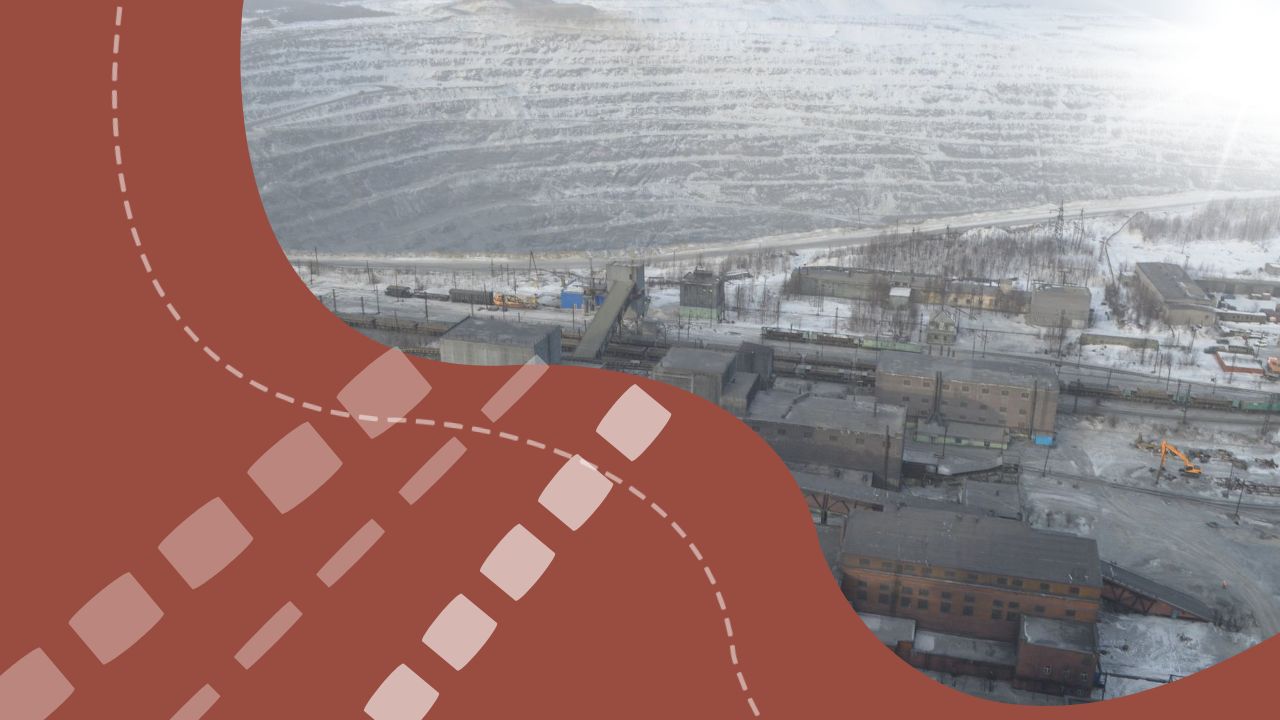Main Body: The domestic geological sector receives an annual allocation of one trillion sums, with last year’s implementation of targeted programs pushing the production volume in the mining industry to nearly $11 billion. However, the bulk of this output is directed towards precious and non-ferrous metals, despite a vast untapped potential for minerals crucial to industry. Thirty-two such valuable minerals have been identified in the country. In response, during a presentation on January 15th, the head of state issued directives to harness opportunities in this sphere. Measures, plans, and proposals were discussed at today’s meeting. With technological advancements driving global developments, there’s a growing demand for rare earth metals in industries like electric vehicles, green energy, and electronics. Consequently, prices for molybdenum, tellurium, selenium, and graphite have surged in recent years. The President emphasized the significant prospects emerging and underscored the need to expand exploration of existing and new deposits of critical raw materials. Currently, six types of such materials are extracted in the country, with the potential to derive high-value-added products from platinum group metals, indium, vanadium, as well as minerals containing tungsten, molybdenum, rhenium, zinc, and manganese. For instance, the production of previously non-existent powder metallurgy products worth $300 million annually and equipment and components worth $100 million annually could be organized. A critical raw material agreement with the European Union has recently been reached, opening access to this vast market. In light of this, officials have been tasked with formulating, with the involvement of foreign experts and investors, a program of promising projects worth $500 million for rare earth metals. Emphasis is placed on developing this direction with a scientific approach, establishing a project office for this purpose, and engaging leading institutions and research centers. The meeting also addressed increasing the production of precious metals at the Navoi Mining and Metallurgical Combine. Responsible officials reported on opportunities for further increasing both reserves and gold production volumes. The President instructed to reduce production costs at the combine by 10-15%, expand industrial cooperation and localization. A directive was issued to establish a Scientific Center for Advanced Technologies in Precious Metals.
Source and Credit: ngmk.uz

